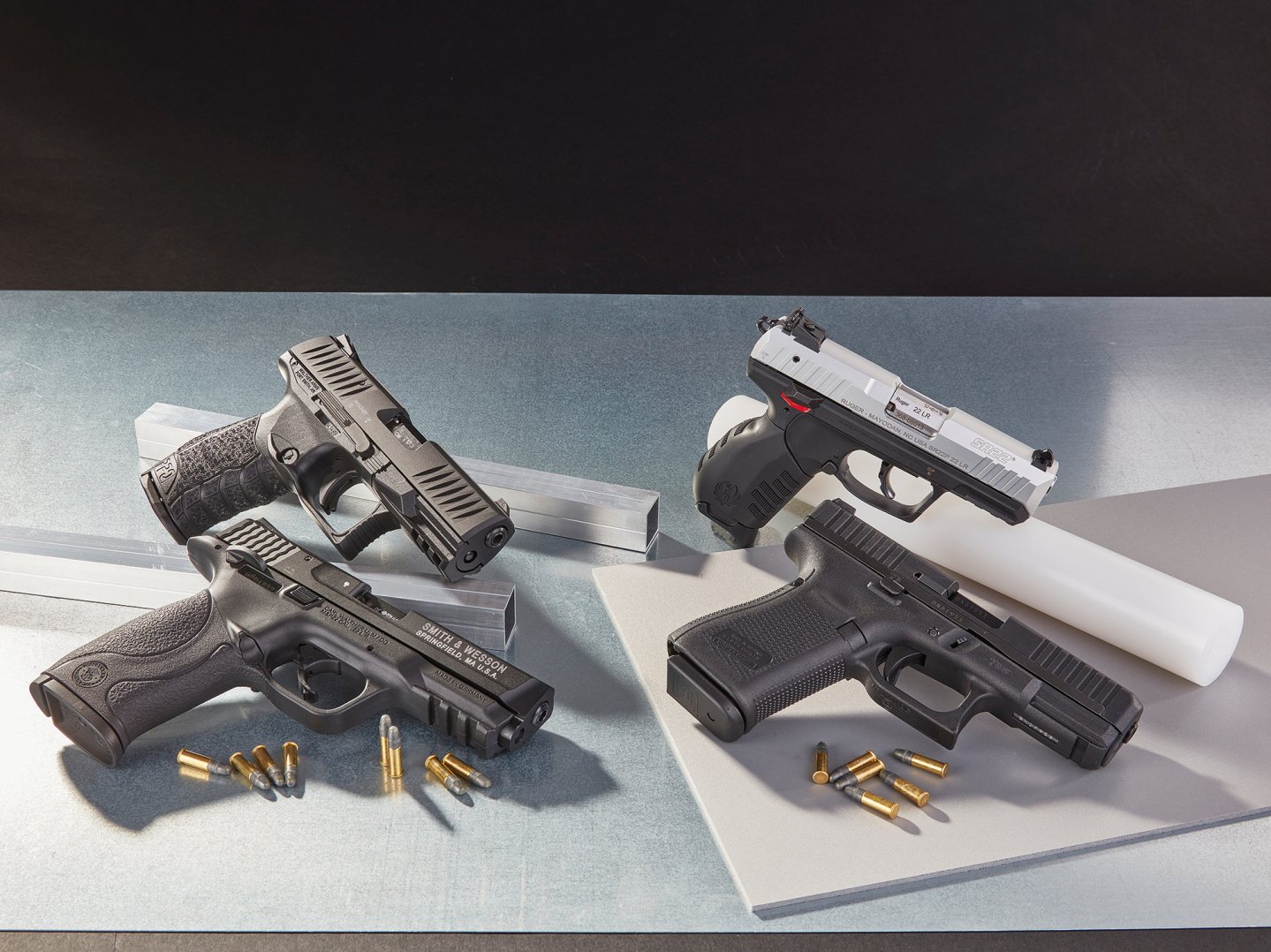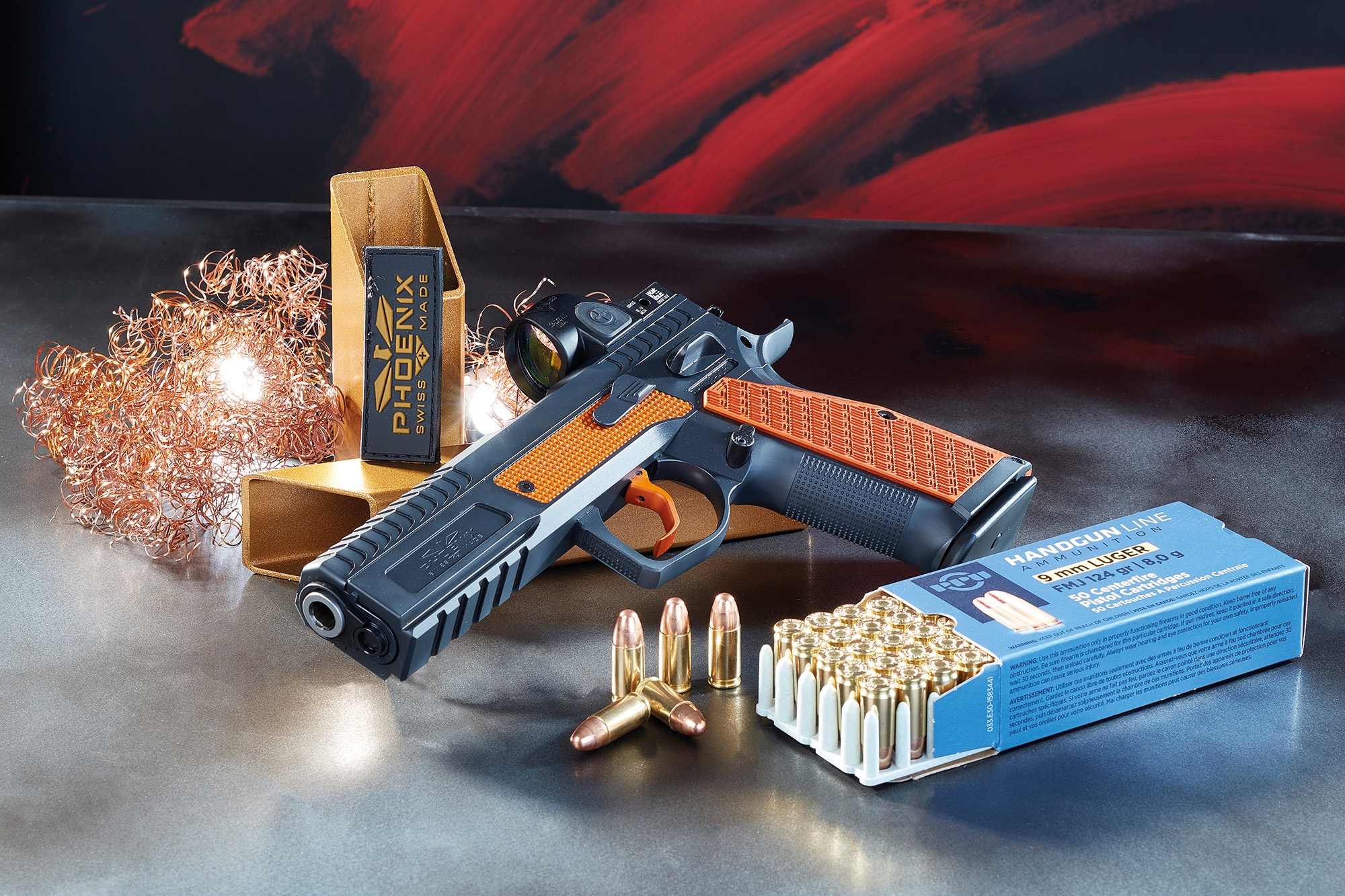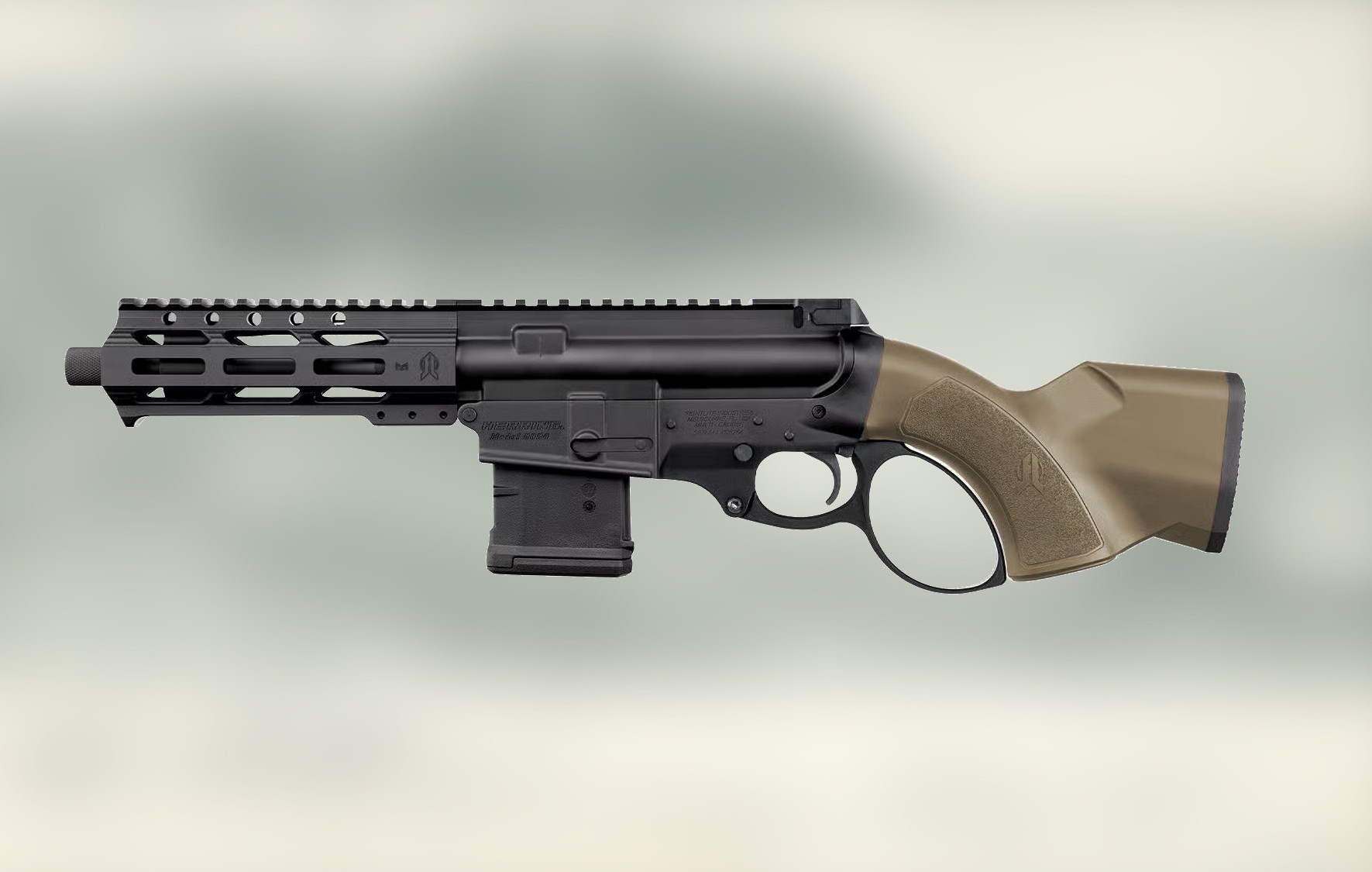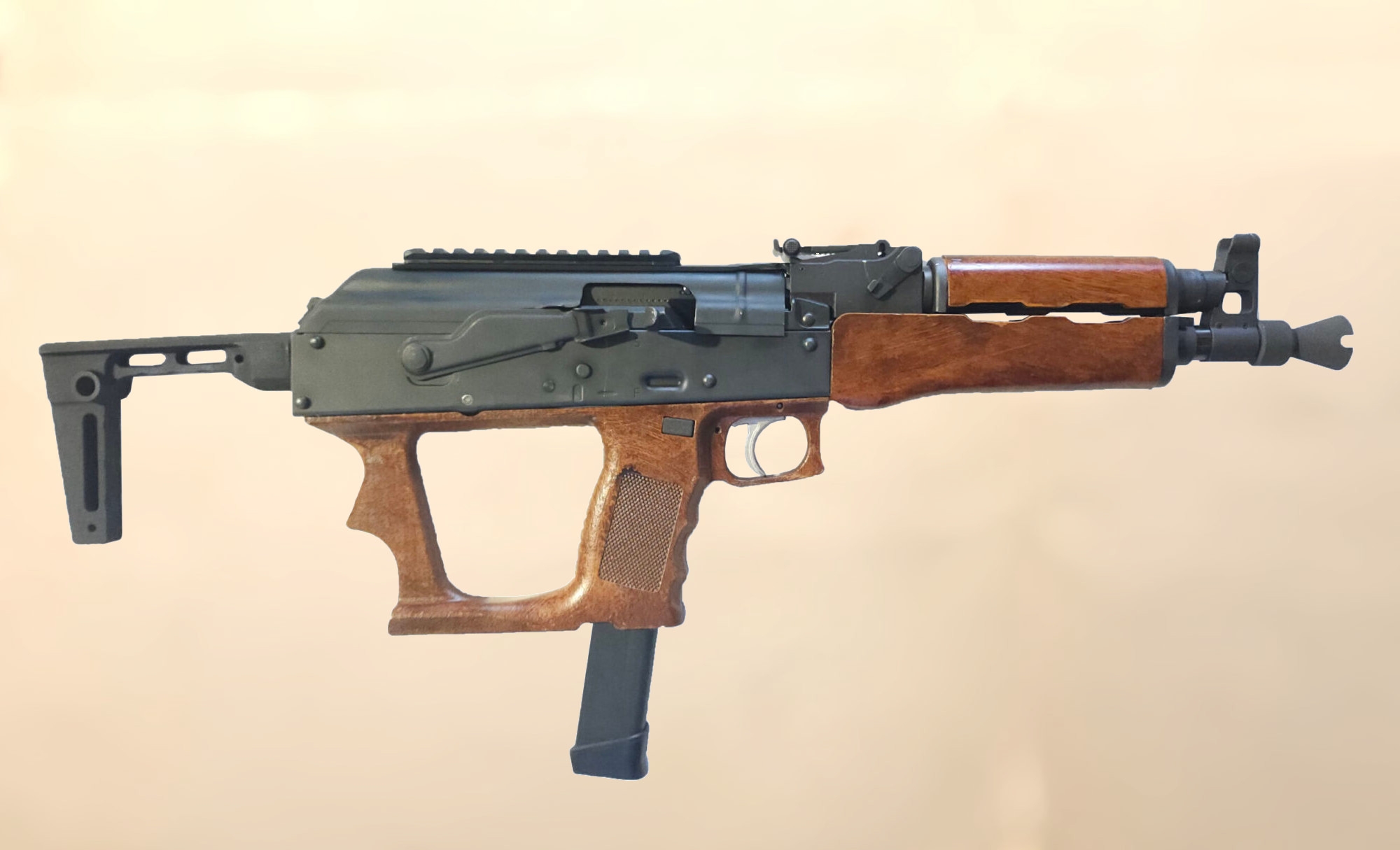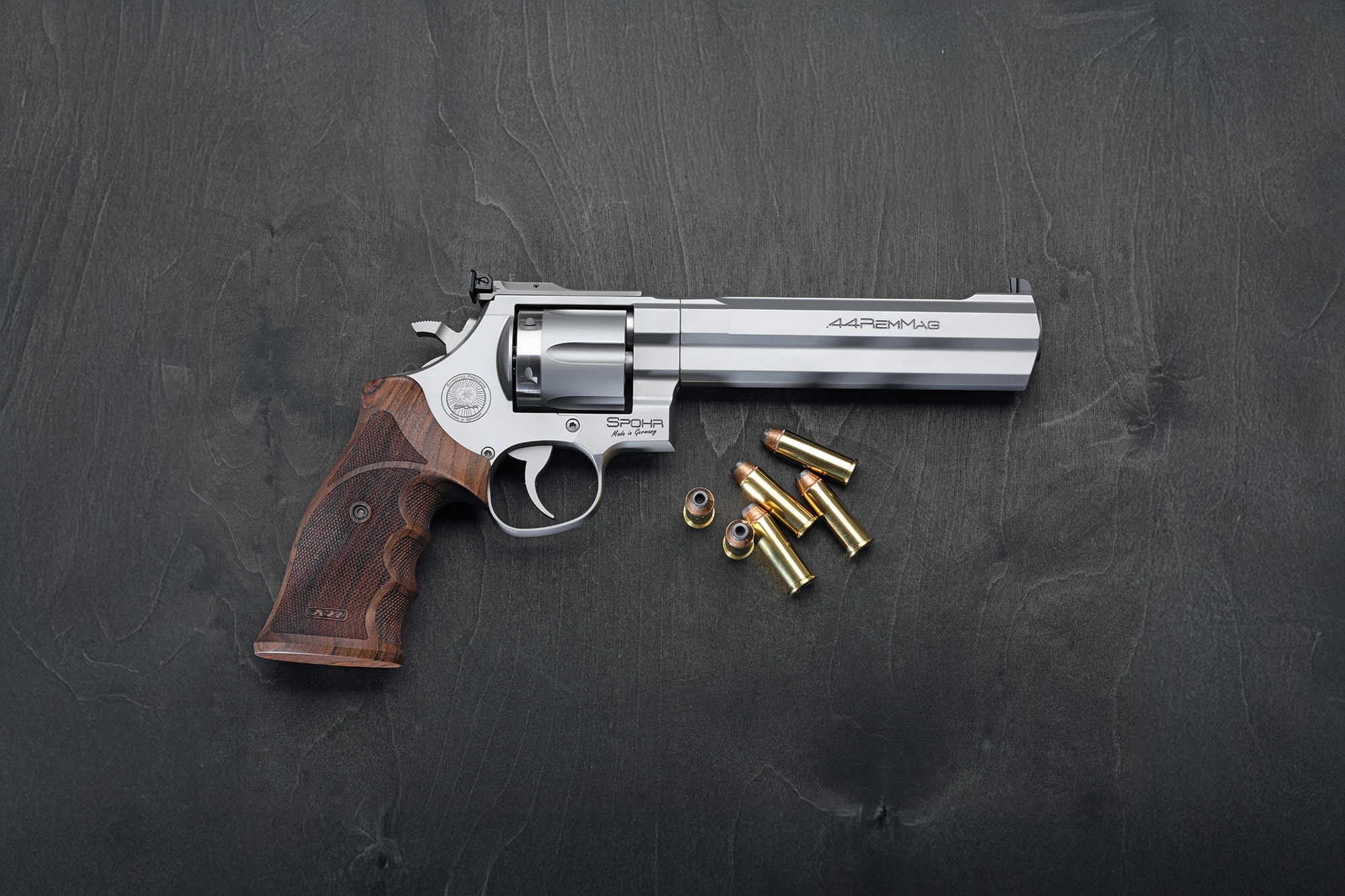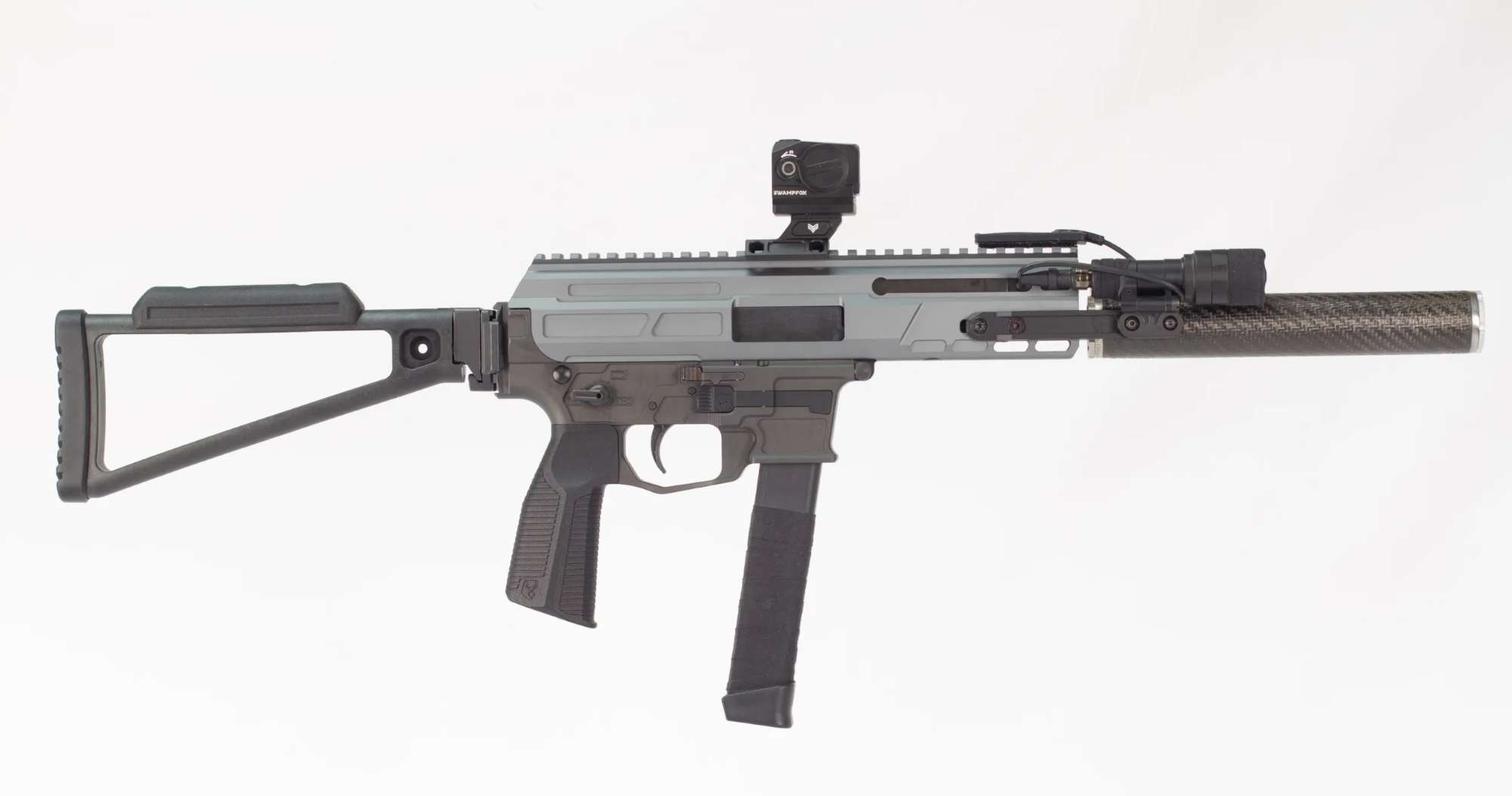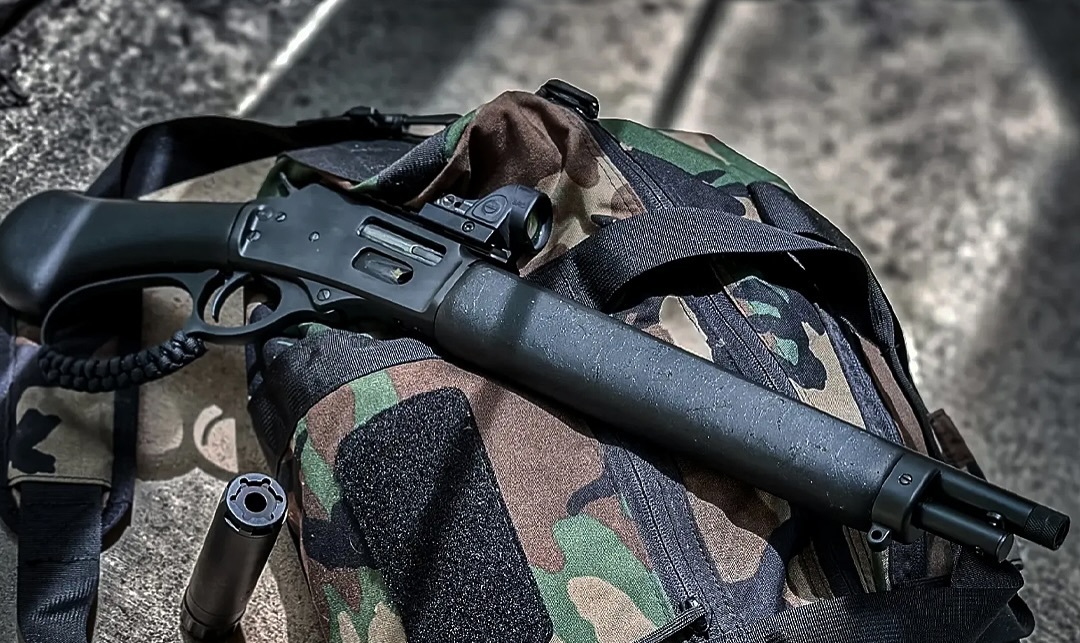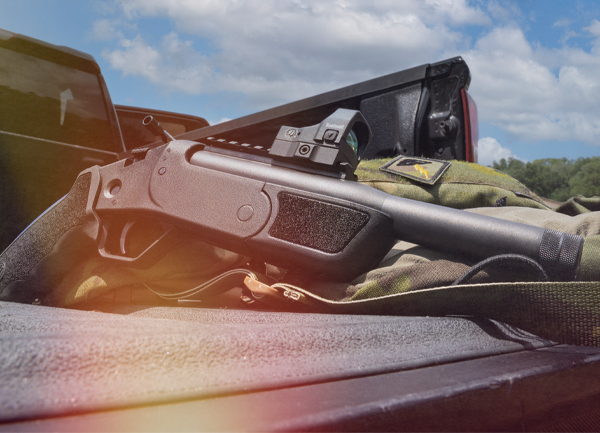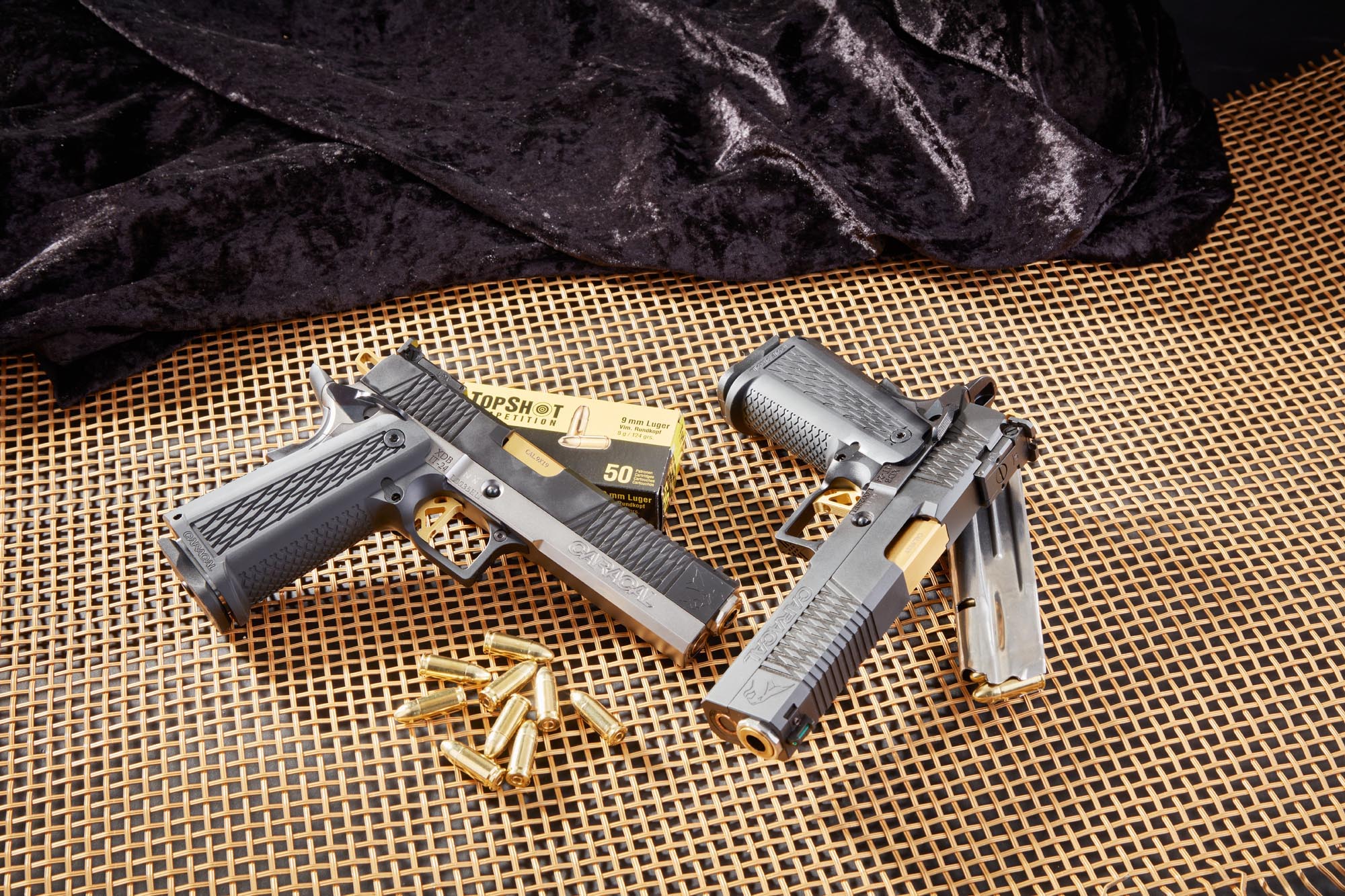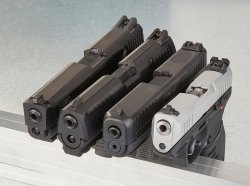
This is a concept that has been practiced in the USA for many years: in addition to centerfire service pistols in 9mm or .45 ACP caliber, many manufacturers offer same-sized versions for the small .22 LR cartridge. For example, the U.S. manufacturer Smith & Wesson has been offering a full-size variant – there is now also a compact model – called the M&P 22 for many years in addition to its successful Military & Police polymer pistol series. The appearance and dimensions are reminiscent of the centerfire models, but the action and the locking system have been completely redesigned to technically accommodate the much weaker rimfire cartridge. In the U.S., the concept of conversion kits is not as prevalent as it is in Europe. Since rimfire pistols are usually also somewhat less expensive than centerfire guns, Americans therefore also usually go straight for a new rimfire pistol instead of bothering with conversion kits.
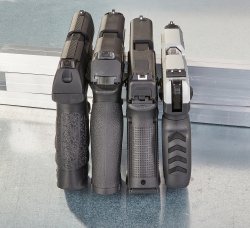
The trend for manufacturers to also introduce a rimfire counterpart to their polymer pistols has also applied to many European companies since the last decade. The German manufacturer Carl Walther has been offering its customers three different versions (4-inch, 5-inch and 4.6-inch with threaded barrel) of its own rimfire-PPQ model series for some time now. With this series, the Ulm-based manufacturer is directly linking up, at least in design and form, with its own service pistol called PPQ (Police Pistol Quick Defense), which is used by numerous law enforcement agencies around the globe. Glock too has been following this path since it unveiled the G44 in December 2019. While the G44's dimensions are more akin to a 9mm Glock G19 than a full-size G 17, its design also evokes direct associations with the other centerfire Glock G models. Sturm, Ruger & Co. proves that design does not always follow the large model line with the SR22. The hammer-fired rimfire polymer pistol is also built on a polymer frame, but its appearance, its grip ergonomics, its size and the external hammer clearly distinguish it from the centerfire striker-fired models such as the SR9.
The GLOCK G 44 in .22 LR caliber
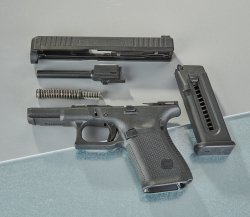
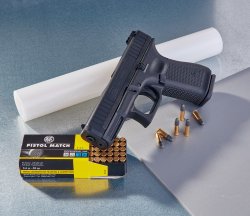
In the hand of the knowledgeable Glock shooter, the G44 immediately stands out with its noticeably light weight. The pistol weighs just over 400 grams, a little over a third less than a centerfire Glock of comparable size. If a similarly sized G19 is used, it quickly becomes apparent after comparing the components where the weight savings come from: the G44 slide weighs just 134 grams, whereas the G 19 slide weighs 356 grams. This also directly addresses one of the key innovations of Glock's rimfire pistol. To make the gun functional with the weaker rimfire cartridges, the factory combines a different locking system with a new hybrid slide. This patented slide is made of a mixture of steel and polymer. Parts subject to particular stress, such as the breech face and guides, are made of steel, and the large-area slide ares in particular are made of polymer. This significantly lowers the weight and thus also reduces the mass that the locking system has to handle during the shot. Here, Glock goes the usual route and relies on a blowback operating system lock, which is found in numerous rimfire semi-autos.
The G 44 is also on par with centerfire Glocks in terms of features. Gen5 assemblies such as the new polymer grip frame without finger grooves and with the flared mag well as the double-sided slide stop lever are also present, as is the Glock Marksman barrel. The rimfire Glock also comes from the factory with an accessory rail, a reversible magazine release and additional cocking serrations at the front of the slide. The Glock trigger system, which goes by the company name Safe Action System, features fairly consistent trigger pull and three independent safeties. The determined trigger weight value of the reviewed gun was 2800 grams on average.
The Walther PPQ M2 4" in .22 LR caliber
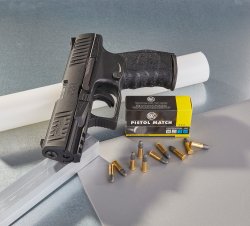
The PPQ M2 4" represents the full-size rimfire version in the current Walther range. Both the Tactical and the PPQ M2 5" have longer barrels. Also used here, a blowback operating system and a polymer frame that houses the trigger group. Unlike their centerfire PPQ counterparts, however, the rimfire versions are not striker fired, but instead rely on the proven hammer system. The hammer is located inside the rear part of the polymer frame. As with almost all rimfire semi-automatic pistols that visually resemble centerfire models, the slide here is made of anodized aluminum. This is primarily to ensure cycling with significantly weaker rimfire loads.
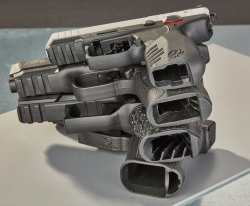
Apart from the major technical changes, it is evident in the areas of ergonomics and features that the small PPQs do not lag behind the big ones. The four-inch version (barrel length: 102 millimeters) also brings a Picatinny rail in front of the trigger (MIL-STD 1913), as well as an ambidextrous slide stop and the magazine release button that can be swapped to the right side of the gun. The slide also offers front and rear cocking serrations. The fiber optic rear sight of the five-inch version had to give way to a polymer type here. The rear sight is adjustable in elevation and windage. The ergonomics of the grip are pleasing and the surface stippling is sufficiently grippy. Unfortunately, the rimfire-PPQ comes without the interchangeable modular backstraps from the factory. This means that it forgoes an ergonomically very useful feature. The PPQ's single-action trigger comes with a short travel of around 4 millimeters and an equally short reset. The characteristics are pleasantly crisp and the trigger pull weight was around 2,500 grams in the test.
The Ruger SR22 in .22 LR caliber
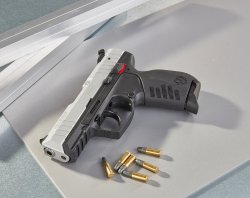
The compact SR22 is the only test gun to feature a double-action/single-action trigger. Even its external hammer immediately shows observers what they can expect here technically. When it comes to the locking system, however, the American semi-automatic pistol works similarly to the other test guns in the test field. Here, too, an aluminum slide is used to better manage the forces during cycling. The gun is one of the more compact models in the test, so its grip is also designed more for smaller hands. It is therefore particularly pleasing that Ruger includes an additional grip module with the SR22, which increases the circumference somewhat. This allows larger hand owners to find more room as well. In addition to this important equipment point, controls of the American pistol are effective too. Both the thumb safety and the magazine release are available on both sides. The only criticism here is that the magazine release buttons are very small. The slide, on the other hand, provides serrations at the front and rear. On top of it sits a fully adjustable three-dot sight system featuring a small-sized rear sight with a rectangular cutout. The double-action/single-action trigger with external hammer is characterized by a rather long DA travel with a fairly even trigger pull resistance and a short SA mode. The reset of the trigger blade is also quite short. The SR22's trigger pull weights are in the 2200 and 4800 grams range, whereby the SA trigger pull of 2200 grams just mentioned and determined in testing is about 400 grams below the test value of a Ruger SR22 from 2021.
The Smith & Wesson M&P 22 in .22 LR caliber
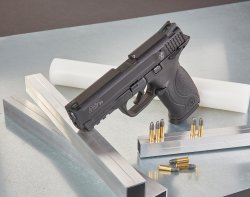
The Military & Police 22 is a rimfire version of the S&W polymer service pistol from, which is now in its second product generation. One of the special features of the M&P 22 is that it has almost the same external dimensions as the full-size centerfire versions. Therefore, it also fits in their holsters and makes a wonderful training tool. In the USA, it is also used for this purpose by some units – namely those equipped with an M&P in 9 mm or .40 Smith & Wesson. One difference with the big ones is that the .22 comes factory with an ambidextrous manual safety. In the centerfire versions, only special models feature external safeties.
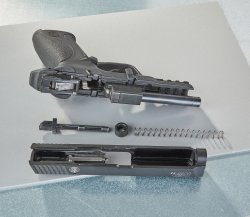
Inside, the M&P 22, like one or two other test guns, is a single-action pistol that doesn't come with a striker-fired system, but uses an internal hammer. The slide, which is extremely strong for a rimfire pistol, is also made of aluminum. Nevertheless, the M&P 22 is the heaviest test gun in the field, weighing 647 grams empty.
On its slide, there is a windage and elevation-adjustable rear sight with a rectangular cutout and a pinned front sight with a white round dot. Its SA trigger impresses with the lowest release resistance in the test (around 1750 grams) and a short reset that is conducive to quick shot strings.
The trigger does not have a clear breaking point.
Practical test: on the shooting range with the Walther, Ruger, Smith & Wesson and GLOCK in .22 LR
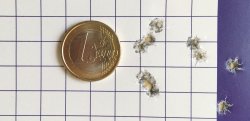
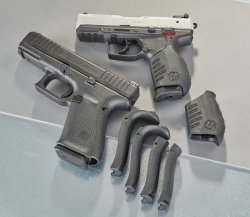
The four rimfire pistols were taken to the 25-meter line. First, the testers shoot all the pistols from the Heymann Guntester, to determine their accuracy and at the same time measure bullet velocity. Here it was shown that the function of some guns was no longer reliable due to the rested positon.
Only the very heavily loaded Winchester Laser loads convinced all the pistols to also cycle properly when rested. The weaker cartridge types in particular caused countless ejection and feed failures. In the standing position, function would improve noticeably later during shooting. Here, too, the weaker cartridges at least caused isolated malfunctions. The Ruger SR22 proved to be the least sensitive. It still ran most reliably with the slower loads. With almost every rimfire pistol, the smallest groups of less than 50 millimeters were possible. The smallest group of 41 millimeters was achieved by the M&P 22. From the point of view of operator ergonomics, there was nothing to criticize about any of the four pistols. Here they were fully convincing.
GLOCK, Walther, Ruger and Smith & Wesson in .22 LR: technical specifications and prices
| Model: | GLOCK G 44 | Walther PPQ M2 (4 inch) | Ruger SR 22 | Smith & Wesson M & P 22 |
| Caliber: | .22 LR | .22 LR | .22 LR | .22 LR |
| Magazine
Capacity: | 10 rounds | 12 rounds | 10 rounds | 10 rounds |
| Dimensions
(LxWxH): | 185x32x129 mm | 179x34x135 mm | 165x31x134 mm | 199x40x139 mm |
| Barrel
Length: | 4"/102 mm | 4"/102 mm | 3.55"/89 mm | 4.1"/104 mm |
| Sight
Radius: | 157 mm | 155 mm | 135 mm | 155 mm |
| Trigger
Pull Weight: | 2,800 grams | 2,500 grams | DA: 4,800 g / SA: 2.200 g | 1,750 g |
| Weight: | 421 g | 629 g | 494 g | 647 g |
| Price (Basis: German RRP). Ask for your market. | 604 euro | 519 euro | 679 euro (black); 719 euro (stainless) | 651 euro |
Our test conclusion on the four .22 LR semi-auto pistols from Walther, Ruger, Smith & Wesson and GLOCK
Anyone looking for pistols with a service gun look in the rimfire range will find what they need in these four candidates. The operation of all four gus was flawless. In terms of workmanship, the European makes appear to be of somewhat higher quality, as there were fewer injection mold marks on the polymer parts. When it comes to ergonomics, many rimfire polymer pistols still have some catching up to do. Glock shows how it can be done: the G44 comes with a full set of backstraps (S, M, L). The Ruger, meanwhile, still comes with a single adapter. Walther and Smith & Wesson do not use this feature at all. The Ruger is shipped from the factory in a cardboard box, whereas the other three pistols find their way to the buyer with black plastic cases.
More information on the four pistols can be found at Carl Walther, Glock, Ruger and Smith & Wesson websites.


